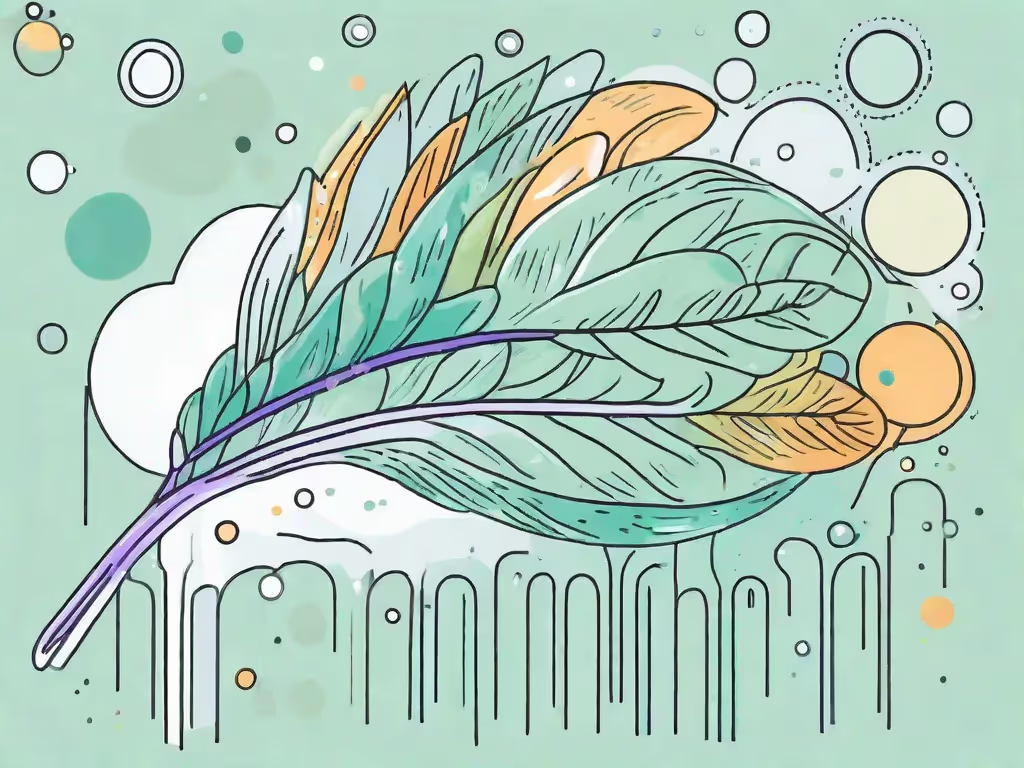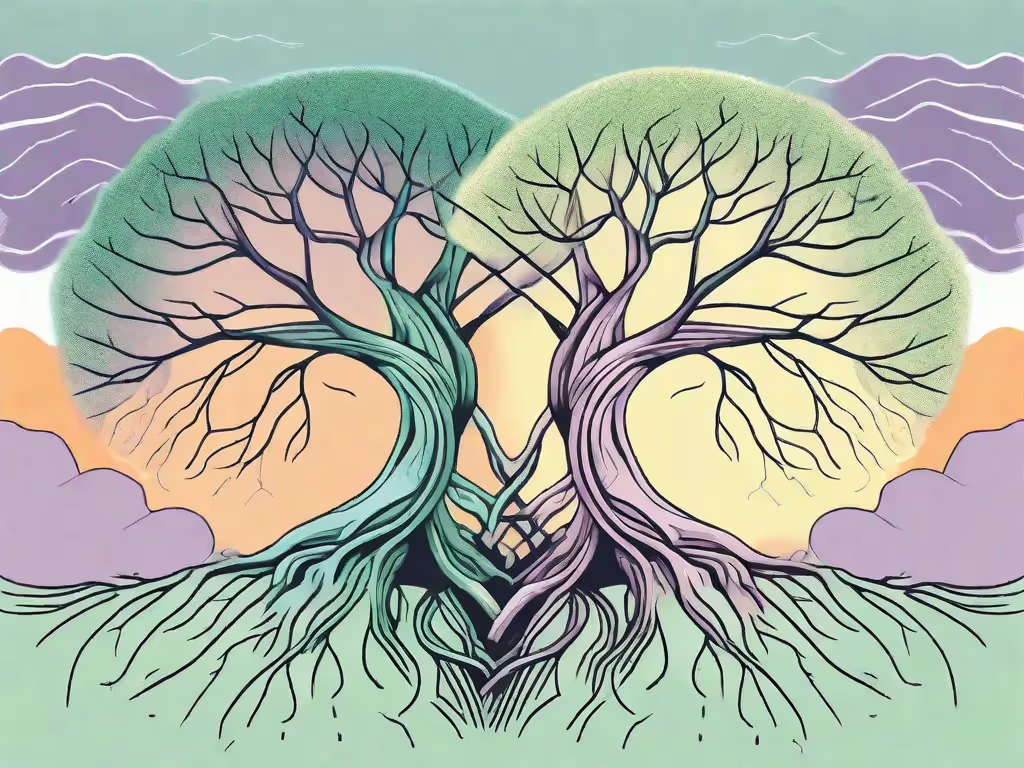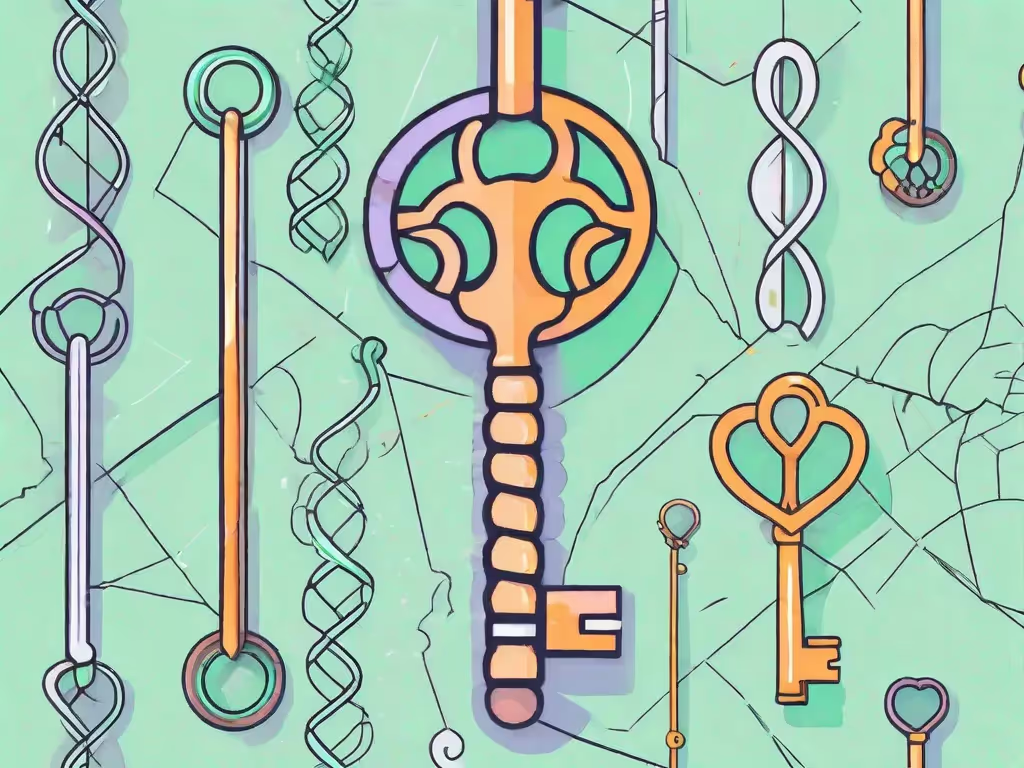Tickling is a fascinating and often mysterious phenomenon. We've all experienced the uncontrollable laughter that can come from a gentle touch or a playful tickle. But have you ever wondered why we find tickling so funny, or what purpose it serves in our lives? In this article, we will delve into the science behind tickling and explore the secrets of laughter.
Understanding the Science of Tickling
Tickling is more than just a silly, giggly activity. It is rooted in science and involves several complex processes in our bodies. To comprehend why tickling elicits laughter, we must first examine the anatomy of tickling.
Tickling has fascinated scientists for centuries, and they have delved into the intricacies of this peculiar sensation. It is not merely a random act of touch; rather, it involves a fascinating interplay between our nerves, brain, and emotions.
The Anatomy of Tickling
To understand tickling, we need to examine the areas of our bodies that are the most ticklish. These areas tend to be the parts of our bodies that are most sensitive to touch, such as the soles of our feet, the armpits, and the sides of the torso. When these areas are tickled, our bodies react with laughter.
Interestingly, the sensitivity of these ticklish areas varies from person to person. Some individuals may burst into laughter when their feet are tickled, while others may find the sensation unbearable. This discrepancy in ticklishness can be attributed to a combination of genetic factors and individual experiences.
The Role of Nerve Receptors in Tickling
Tickling works by stimulating nerve receptors in our skin. When we are tickled, these receptors send signals to our brain, which interprets the touch as a potential threat. This triggers a reflexive response that often includes laughter.
Our skin is equipped with different types of nerve receptors, each serving a unique purpose. The two main types involved in tickling are the Meissner's corpuscles and the Pacinian corpuscles. The former are responsible for detecting light touch, while the latter respond to deep pressure and vibration.
When someone tickles us, the Meissner's corpuscles are primarily activated. These receptors send rapid signals to the brain, creating a sensation that is simultaneously pleasurable and uncomfortable. The brain then interprets this mixed signal, resulting in the uncontrollable laughter that tickling often induces.
Interestingly, the brain's response to tickling can vary depending on the context. Tickling oneself, for example, is unlikely to elicit the same level of laughter as being tickled by someone else. This discrepancy is due to the brain's ability to predict and anticipate the tickling sensation when we are the ones initiating it.
Furthermore, studies have shown that the brain's response to tickling can be influenced by our emotional state. When we are in a positive mood, the tickling sensation is more likely to trigger laughter and joy. Conversely, when we are feeling anxious or stressed, the same tickling sensation may be perceived as uncomfortable or irritating.
In conclusion, tickling is a fascinating phenomenon that involves a complex interplay between our nerves, brain, and emotions. Understanding the science behind tickling not only sheds light on this peculiar sensation but also provides insights into the intricate workings of our bodies and minds.
The Evolutionary Purpose of Laughter
Laughter, evoked by tickling, serves an essential evolutionary purpose. It has long been recognized as a social bonding tool, helping us connect with others and strengthen our relationships.
But the significance of laughter goes beyond simply creating a sense of camaraderie and intimacy. It has been found to have a profound impact on our physical and mental well-being, playing a vital role in our survival.
Laughter as a Social Bonding Tool
When we laugh together, it builds a sense of camaraderie and intimacy. Laughter acts as a signal to others that we are in a safe and playful environment, encouraging social interaction and strengthening social bonds.
Studies have shown that laughter is contagious. When we hear someone laugh, it triggers a response in our brain that makes us more likely to join in the laughter. This shared experience creates a sense of belonging and fosters a positive group dynamic.
Furthermore, laughter is a universal language. Regardless of cultural or linguistic differences, laughter is a powerful tool for breaking down barriers and bridging gaps between people. It allows us to connect on a deeper level, fostering empathy and understanding.
The Survival Benefits of Laughter
Laughter also plays a vital role in our survival. It can help diffuse tension in stressful situations, allowing us to think more clearly and make better decisions. In fact, research has shown that laughter can enhance problem-solving abilities and boost creativity.
When faced with a challenging or threatening situation, laughter serves as a coping mechanism. It helps us release pent-up emotions and provides a temporary escape from the pressures of life. This release of tension not only improves our mental well-being but also has a positive impact on our physical health.
Additionally, laughter releases endorphins, which are natural chemicals in the brain that promote feelings of well-being and reduce stress levels. These endorphins act as natural painkillers, helping to alleviate physical discomfort and boosting our overall resilience.
Moreover, laughter stimulates the immune system, strengthening our body's defenses against illness and disease. It increases the production of antibodies and activates immune cells, enhancing our ability to fight off infections.
Furthermore, laughter has been found to have cardiovascular benefits. It improves blood flow, lowers blood pressure, and reduces the risk of heart disease. Regular laughter has even been associated with a longer lifespan.
In conclusion, laughter is not just a simple response to humor; it is a powerful tool that has evolved to serve multiple purposes. From fostering social connections to promoting physical and mental well-being, laughter plays a crucial role in our lives. So, the next time you find yourself laughing, remember that you are not only enjoying a moment of joy but also benefiting from an evolutionary gift that has shaped us as human beings.
The Psychology Behind Tickling and Laughter
Tickling and laughter are not only rooted in biology; they also have psychological underpinnings that contribute to their intriguing nature.
The Tickling-Laughter Connection
Scientists believe that the connection between tickling and laughter goes beyond a simple physical response. Tickling can trigger a tickling sensation in our brains, which, in turn, leads to laughter. This connection is thought to stem from the brain's interpretation of touch and its association with joyful experiences.
Why Can't We Tickle Ourselves?
Have you ever wondered why it's nearly impossible to tickle yourself? Research suggests that our brains can predict and anticipate self-generated touch, resulting in diminished ticklish sensations. This may be because our brains are constantly monitoring and filtering sensory information to differentiate between self-touch and external touch.
The Health Benefits of Laughter
Laughter is not just good for our social connections; it also has numerous health benefits that can improve our overall well-being.
Laughter and Mental Health
Laughter has been shown to have positive effects on mental health. It can boost mood, reduce symptoms of depression and anxiety, and improve overall psychological well-being. Incorporating laughter into our daily lives through activities like tickling can have a profound impact on our mental health.
Physical Health Advantages of Laughter
Laughter also has physical health benefits. It can boost our immune system, lower blood pressure, and even provide pain relief. The act of laughing engages our muscles and increases oxygen intake, making it a natural workout for our bodies.
The Dark Side of Tickling
While tickling and laughter may seem harmless, there is a darker side to these seemingly innocuous activities.
Tickling and Sensory Overload
For some individuals, tickling can be overwhelming and even distressing. People with sensory processing disorders may find the sensation of being tickled to be extremely uncomfortable or even painful. It is essential to respect individual boundaries and preferences when engaging in tickling activities.
The Controversial History of Tickling
Throughout history, tickling has been the subject of debate and controversy. While it is often seen as a harmless form of play, there have been instances where tickling has been used as a form of torture or coercion. It is important to recognize the potential harm that tickling can cause and to engage in it responsibly and consensually.
In conclusion, tickling and laughter are fascinating subjects that shed light on the intricate connections between biology, psychology, and social interaction. Understanding the science behind tickling and laughter can help us appreciate their significance in our lives and use them to foster stronger connections with others. So the next time you find yourself in a ticklish situation, embrace the laughter and enjoy the many gifts it brings.
Discover more ways to enhance your well-being and nurture your laughter at Aura Health App. Laugh your way to better health and happiness!
Aura is Your All In One App for Meditation, Mindfulness Wellbeing
Find peace every day with one app for your whole well-being. There is no one-size-fits-all solution to mental well-being. Aura is the first all-in-one wellness app that learns how to best help you. Discover an endless library of expert-created tracks for your well-being, all taught by the world’s best coaches, therapists, and storytellers. With Aura's personalized recommendations, you can find peace every morning, day and night.



.webp)






.avif)

%20(1).avif)


.avif)
.avif)
.webp)


.avif)


















































































































.avif)

















.svg)









